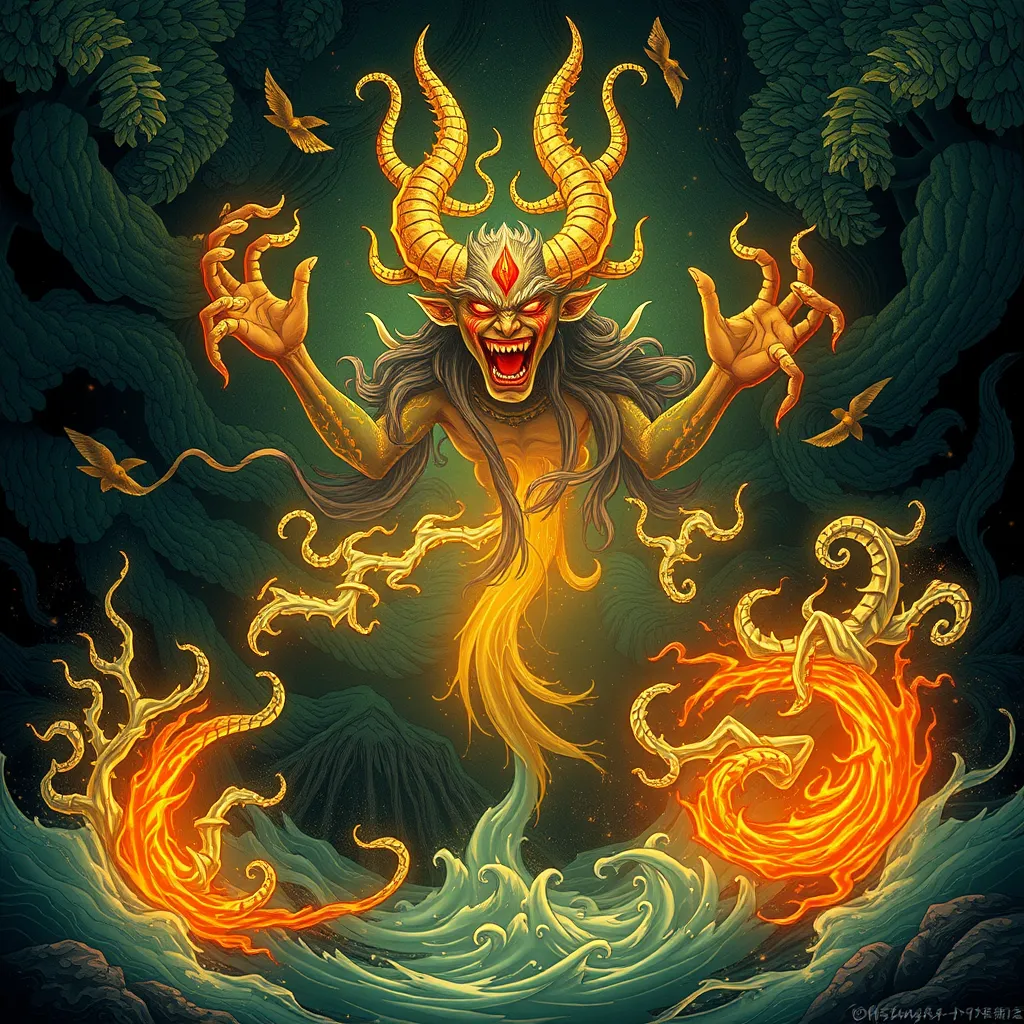The Vampire and Science: Investigating the Scientific Basis for Vampire Beliefs and Phenomena
I. Introduction
Throughout history, vampire myths and folklore have captivated the human imagination, weaving tales of creatures that stalk the night, thirsting for blood and immortality. From ancient civilizations to modern pop culture, vampires have manifested in various forms, each reflecting the fears and values of the society from which they arise. This article aims to delve into the scientific explanations behind these enduring beliefs and phenomena, providing insight into the psychological, biological, and cultural underpinnings of vampire lore.
II. Historical Context of Vampire Legends
A. Origins of vampire folklore across different cultures
The concept of the vampire is not confined to a single culture; rather, it has emerged independently in various forms around the world. Some notable origins include:
- Mesopotamia: Early myths spoke of blood-drinking entities like the Ekimmu.
- Eastern Europe: The Slavic vampire, or “upir,” was believed to rise from the grave to feed on the living.
- Asia: The “jiangshi” in Chinese folklore is a reanimated corpse that drains the life force of the living.
These diverse interpretations reflect common themes of death, fear, and the unknown that resonate across cultures.
B. Evolution of the vampire archetype in literature and media
As societies evolved, so too did the portrayal of vampires in literature and media. The 18th and 19th centuries saw a significant transformation, with works like John Polidori’s “The Vampyre” and Bram Stoker’s “Dracula” solidifying the vampire as a seductive yet predatory figure. In contemporary media, vampires have been reimagined, often portrayed as misunderstood antiheroes in series like “Buffy the Vampire Slayer” and “Twilight.” This evolution showcases the shifting societal values and attitudes towards themes of mortality, sexuality, and identity.
III. Psychological Explanations for Vampire Beliefs
A. The role of fear and the human psyche in the creation of vampire myths
Vampires often embody deep-seated human fears, including death, disease, and the loss of control. The nighttime setting of vampire myths amplifies these fears, tapping into the primal instinct to fear the dark. The psychological need for explanations for the unknown can lead to the creation of supernatural entities like vampires.
B. The phenomenon of “bloodlust” and its psychological roots
Bloodlust, or the intense desire to consume blood, can be traced through various psychological phenomena. This craving may stem from:
- Biological instincts related to survival and the need for nutrients.
- Psychological disorders that manifest in compulsive behaviors.
- Cultural influences that glamorize or romanticize the act of blood consumption.
Such psychological factors can contribute to the allure of vampire mythology, as they resonate with intrinsic human desires and fears.
IV. Biological Factors: Real-Life Conditions Resembling Vampirism
A. Porphyria: a medical condition linked to vampire traits
Porphyria is a rare genetic disorder that affects the body’s ability to produce heme, a component of hemoglobin. Symptoms can include:
- Severe sensitivity to sunlight, leading to skin lesions.
- Discoloration of teeth, which may appear more pronounced or darkened.
- Psychological symptoms such as anxiety and hallucinations.
These traits have led some historians to speculate that individuals with porphyria may have inspired vampire legends, especially regarding their aversion to sunlight and peculiar physical characteristics.
B. Renfield’s Syndrome: the psychological disorder associated with a desire to consume blood
Renfield’s Syndrome, named after a character in “Dracula,” describes a psychological condition where individuals have a compulsion to consume blood. This disorder highlights the intersection of mental health and the fascination with vampirism, illustrating how real-life conditions can blur the lines between myth and reality.
V. The Influence of Disease on Vampire Legends
A. Historical epidemics and their impact on vampire lore (e.g., tuberculosis, rabies)
Throughout history, various epidemics have shaped vampire mythology. For instance:
- Tuberculosis: Often referred to as “consumption,” this disease caused pallor and coughing up blood, leading to associations with the undead.
- Rabies: Symptoms of aggression and sensitivity to light in rabid animals may have contributed to the fear of blood-drinking creatures.
These diseases not only triggered fear but also provided tangible explanations for the behaviors and traits associated with vampires.
B. Misinterpretations of symptoms leading to vampire associations
Misunderstandings of medical conditions and their symptoms have historically led to the labeling of individuals as vampires. For example, the appearance of individuals suffering from certain illnesses may have been misinterpreted as signs of vampirism, reinforcing societal fears and suspicions.
VI. The Role of Folklore in Shaping Scientific Inquiry
A. How vampire myths have inspired scientific research and exploration
The fascination with vampires has spurred scientific inquiry into various fields, from medicine to anthropology. Researchers have studied the psychological and biological aspects of vampirism, seeking to understand the roots of these myths and their impact on culture.
B. The interplay between cultural beliefs and scientific understanding
Cultural beliefs often influence scientific exploration, leading to a cycle where folklore inspires research and, in turn, scientific findings reshape cultural narratives. This interplay highlights the importance of understanding human beliefs through a scientific lens.
VII. Modern Interpretations of Vampires in Science Fiction and Media
A. The portrayal of vampires in contemporary films and books
Modern media has transformed vampires into multifaceted characters, often exploring themes of morality, identity, and existentialism. Series like “The Vampire Diaries” and films like “What We Do in the Shadows” offer a humorous and introspective look at vampire life, contrasting sharply with earlier, more sinister portrayals.
B. Discussion of how modern media reflects or distorts scientific themes related to vampirism
While contemporary portrayals of vampires often sensationalize their traits, they also reflect underlying scientific themes, such as:
- The exploration of genetic mutations and their effects.
- The psychological implications of immortality.
- Societal reactions to disease and the unknown.
This blending of science and fiction continues to shape public perceptions of both vampires and the scientific concepts they inadvertently represent.
VIII. Conclusion
In summary, the exploration of vampire mythology reveals a complex interplay between folklore, psychology, biology, and culture. From historical origins to modern interpretations, vampires serve as a mirror reflecting societal fears, desires, and the quest for understanding. Their enduring fascination in contemporary culture underscores the relevance of these ancient myths, reminding us of the timeless struggle between life, death, and the unknown.



